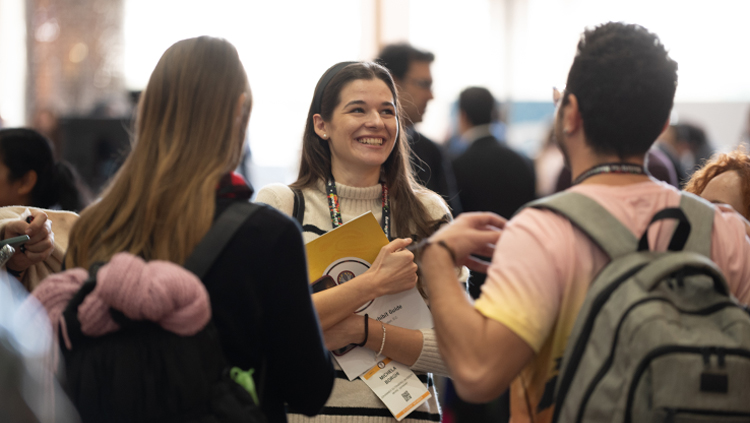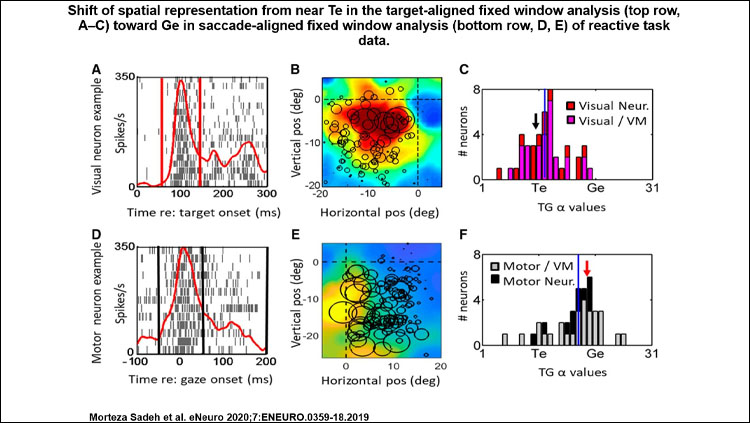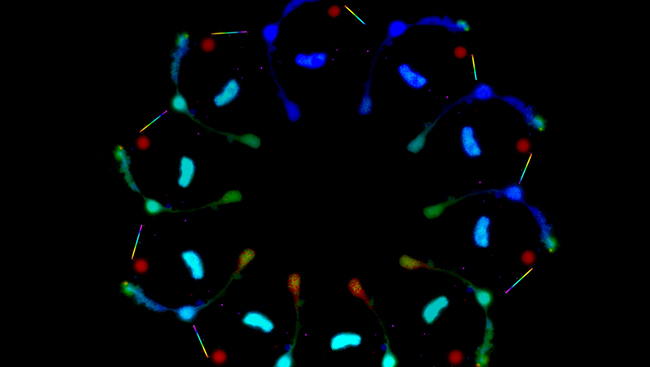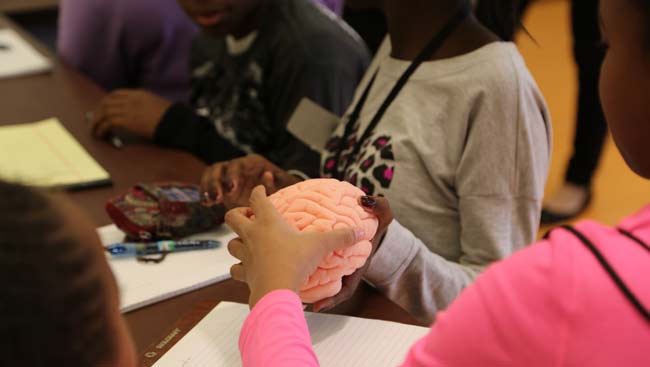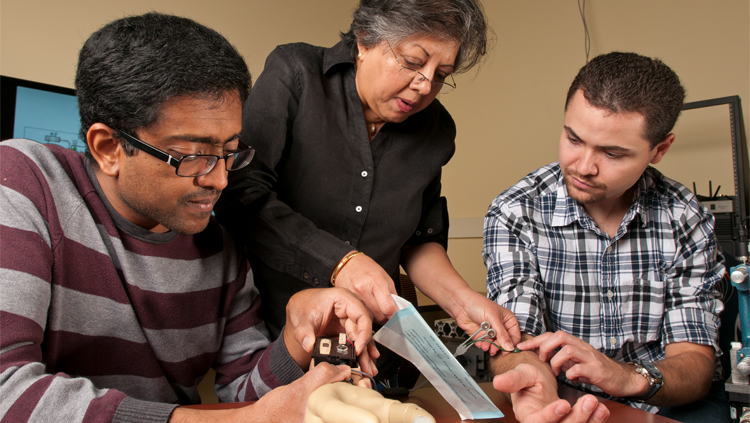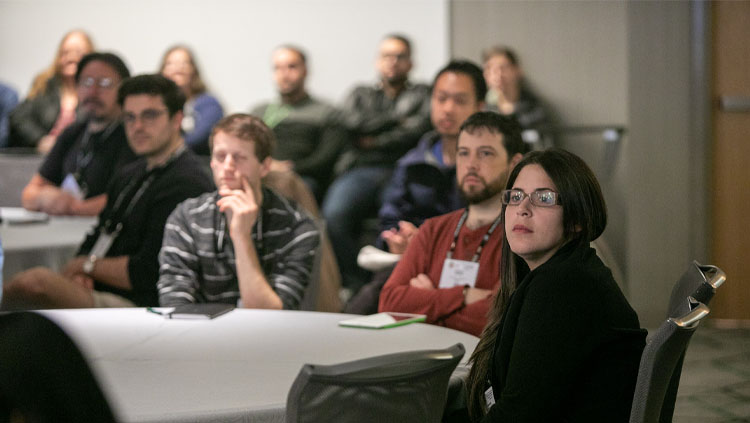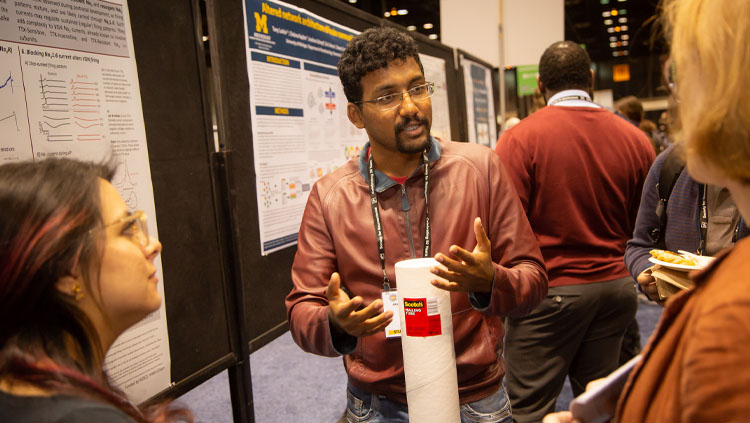Read
Learn from other neuroscientists’ perspectives and personal stories in interviews with experts, advice articles, how-to guides, and more featuring scientists from all levels working across the field.
ArticleFilter
Filter
Refine by
180 - 192 of 658
Neuronline's vast collection of professional development and training resources offers guidance for people at all career stages with diverse interests and responsibilities.

